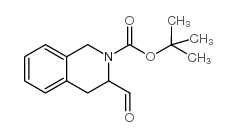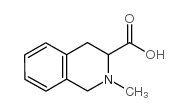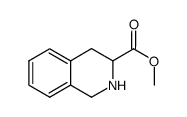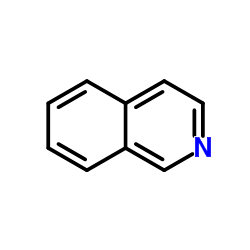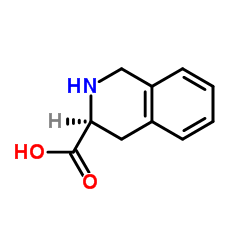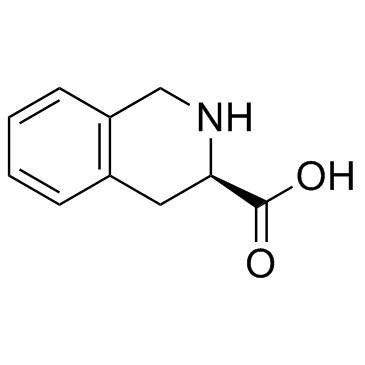67123-97-1
| Name | 1,2,3,4-Tetrahydroisoquinoline-3-carboxylic acid |
|---|---|
| Synonyms |
rac 3-Carboxy-1,2,3,4-tetrahydroisoquinoline
DL-3-Carboxy-1,2,3,4-tetrahydroisoquinoline 1,2,3,4-Tetrahydroisoquinoline-3Carboxylic (+/-)-1,2,3,4-tetrahydro-3-isoquinolinecarboxylic acid 3-Isoquinolinecarboxylicacid,1,2,3,4-tetrahydro H-DL-TIC-OH Tetrahydroisoquinoline-3-carboxylic acid 1,2,3.4-tetrahydroisoquinoline-3-carboxylic acid 1,2,3,4-Tetrahydro-3-isoquinolinecarboxylic acid 1,2,3,4-tetrahydroisoquinoline-3-carboxylic acid 3-CARBOXY-1,2,3,4-TETRAHYDROISOQUINOLINE (+/-)-Porretine |
| Density | 1.2±0.1 g/cm3 |
|---|---|
| Boiling Point | 372.0±42.0 °C at 760 mmHg |
| Melting Point | 358ºC |
| Molecular Formula | C10H11NO2 |
| Molecular Weight | 177.200 |
| Flash Point | 178.8±27.9 °C |
| Exact Mass | 177.078979 |
| PSA | 49.33000 |
| LogP | 0.86 |
| Vapour Pressure | 0.0±0.9 mmHg at 25°C |
| Index of Refraction | 1.577 |
| Storage condition | -20°C Freezer |
Synonym: Section 2 - COMPOSITION, INFORMATION ON INGREDIENTS
Risk Phrases: None Listed. Section 3 - HAZARDS IDENTIFICATION EMERGENCY OVERVIEW
Not available. Potential Health Effects Eye: Non-irritating to the eyes. Skin: Non-irritating to the skin. May be harmful if absorbed through the skin. Ingestion: May be harmful if swallowed. Inhalation: May be harmful if inhaled. Chronic: Not available. Section 4 - FIRST AID MEASURES Eyes: Flush eyes with plenty of water for at least 15 minutes, occasionally lifting the upper and lower eyelids. Get medical aid. Skin: Get medical aid. Flush skin with plenty of water for at least 15 minutes while removing contaminated clothing and shoes. Ingestion: Get medical aid. Wash mouth out with water. Inhalation: Remove from exposure and move to fresh air immediately. If not breathing, give artificial respiration. If breathing is difficult, give oxygen. Get medical aid. Notes to Physician: Section 5 - FIRE FIGHTING MEASURES General Information: As in any fire, wear a self-contained breathing apparatus in pressure-demand, MSHA/NIOSH (approved or equivalent), and full protective gear. Extinguishing Media: Use water spray, dry chemical, carbon dioxide, or chemical foam. Section 6 - ACCIDENTAL RELEASE MEASURES General Information: Use proper personal protective equipment as indicated in Section 8. Spills/Leaks: Vacuum or sweep up material and place into a suitable disposal container. Section 7 - HANDLING and STORAGE Handling: Avoid breathing dust, vapor, mist, or gas. Avoid contact with skin and eyes. Storage: Store in a cool, dry place. Store in a tightly closed container. Section 8 - EXPOSURE CONTROLS, PERSONAL PROTECTION Engineering Controls: Use adequate ventilation to keep airborne concentrations low. Exposure Limits CAS# 67123-97-1: Personal Protective Equipment Eyes: Not available. Skin: Wear appropriate protective gloves to prevent skin exposure. Clothing: Wear appropriate protective clothing to prevent skin exposure. Respirators: Follow the OSHA respirator regulations found in 29 CFR 1910.134 or European Standard EN 149. Use a NIOSH/MSHA or European Standard EN 149 approved respirator if exposure limits are exceeded or if irritation or other symptoms are experienced. Section 9 - PHYSICAL AND CHEMICAL PROPERTIES Physical State: Crystals Color: white Odor: Not available. pH: Not available. Vapor Pressure: Not available. Viscosity: Not available. Boiling Point: Not available. Freezing/Melting Point: 321 - 325 deg C Autoignition Temperature: Not available. Flash Point: Not available. Explosion Limits, lower: Not available. Explosion Limits, upper: Not available. Decomposition Temperature: Solubility in water: Specific Gravity/Density: Molecular Formula: C10H11NO2 Molecular Weight: 177.0825 Section 10 - STABILITY AND REACTIVITY Chemical Stability: Not available. Conditions to Avoid: Not available. Incompatibilities with Other Materials: Not available. Hazardous Decomposition Products: Carbon monoxide, carbon dioxide. Hazardous Polymerization: Has not been reported Section 11 - TOXICOLOGICAL INFORMATION RTECS#: CAS# 67123-97-1 unlisted. LD50/LC50: Not available. Carcinogenicity: 1,2,3,4-Tetrahydroisoquinoline-3-carboxylic acid - Not listed by ACGIH, IARC, or NTP. Section 12 - ECOLOGICAL INFORMATION Section 13 - DISPOSAL CONSIDERATIONS Dispose of in a manner consistent with federal, state, and local regulations. Section 14 - TRANSPORT INFORMATION IATA Not regulated as a hazardous material. IMO Not regulated as a hazardous material. RID/ADR Shipping Name: Not regulated. Hazard Class: UN Number: Packing group: Section 15 - REGULATORY INFORMATION European/International Regulations European Labeling in Accordance with EC Directives Hazard Symbols: Not available. Risk Phrases: Safety Phrases: S 24/25 Avoid contact with skin and eyes. WGK (Water Danger/Protection) CAS# 67123-97-1: No information available. Canada None of the chemicals in this product are listed on the DSL/NDSL list. CAS# 67123-97-1 is not listed on Canada's Ingredient Disclosure List. US FEDERAL TSCA CAS# 67123-97-1 is not listed on the TSCA inventory. It is for research and development use only. SECTION 16 - ADDITIONAL INFORMATION N/A |
| Hazard Codes | Xi: Irritant; |
|---|---|
| Risk Phrases | R36/37/38 |
| Safety Phrases | 26-36/37/39 |
| HS Code | 2933499090 |
| Precursor 9 | |
|---|---|
| DownStream 10 | |
| HS Code | 2933499090 |
|---|---|
| Summary | 2933499090. other compounds containing in the structure a quinoline or isoquinoline ring-system (whether or not hydrogenated), not further fused. VAT:17.0%. Tax rebate rate:13.0%. . MFN tariff:6.5%. General tariff:20.0% |
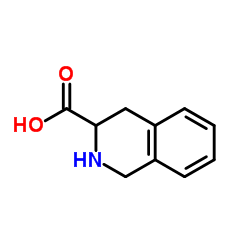


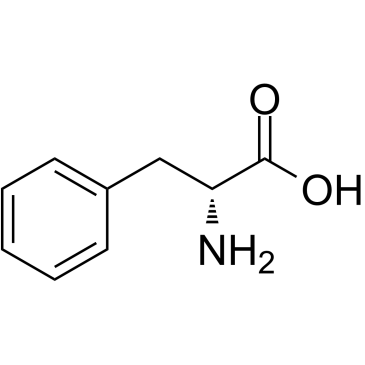


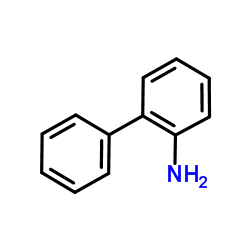

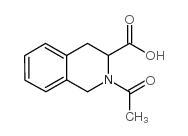
![[(2R)-pyrrolidin-2-yl]methanol,hydrochloride structure](https://image.chemsrc.com/caspic/253/143767-55-9.png)
